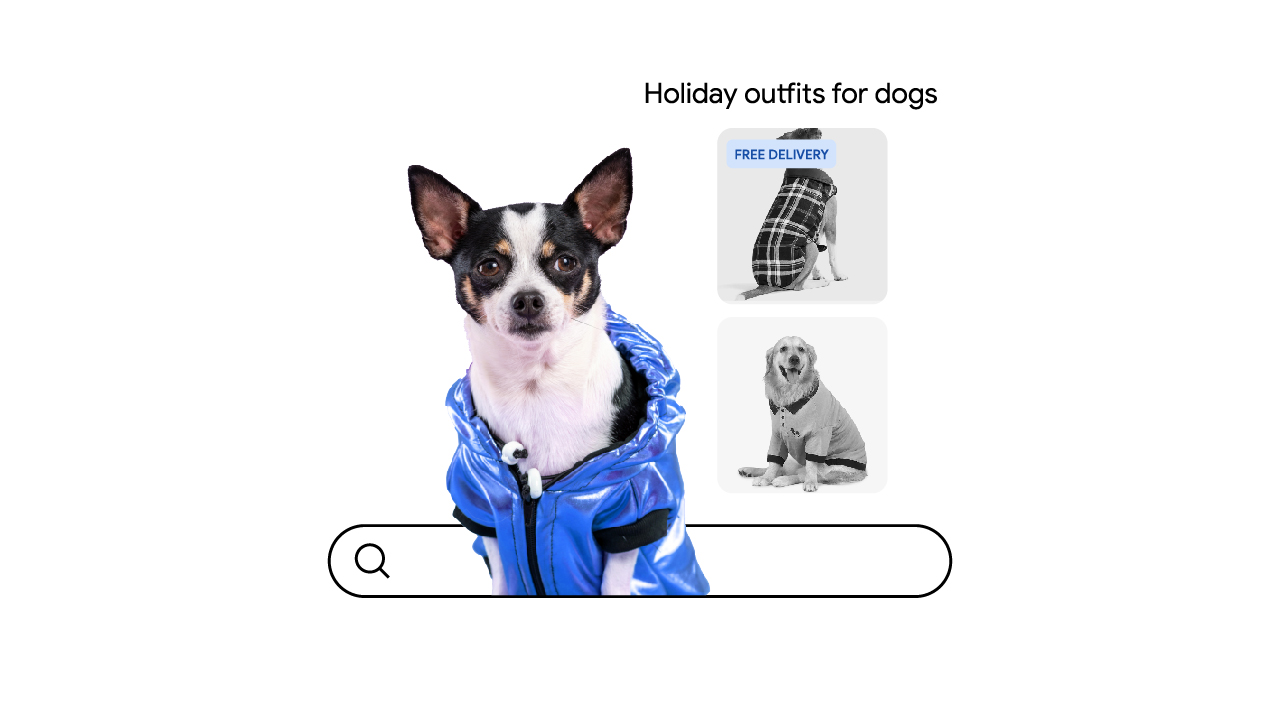According to the latest research from Google and BCG, 74% of people say they only want to see ads that are relevant and useful to them.1 As it happens, such ads drive better business outcomes for advertisers and more revenue for the publishers that show ads alongside their content. This ecosystem of users, advertisers, and publishers make up the open web, a critical source of accessible information for billions of people around the world.

But users of the open web are increasingly concerned about their digital privacy, and they want to know how their personal information is being used. In response, technology platforms, policymakers, and regulators are making changes to how marketers can reach audiences and measure their performance.
These shifts challenge Google to innovate to deliver relevant and effective display ads in ways that improve user trust. As a guiding principle, we believe that such changes should happen without disrupting the user experience or creating additional work for advertisers.
Innovation is happening. And we believe such changes should happen without disrupting the user experience or creating additional work for advertisers.
Here are three ways we are investing to preserve performance in our display advertising products, while respecting users’ privacy, preferences, and information.
Doubling down on automation to boost performance
In recent years, our innovation in display advertising has been led by automation, specifically machine learning, across everything from campaign setups to ad formats and attribution. And that automation empowers advertisers to deliver relevant ads with less granular data.
Many of the signals we use for performance optimization already meet high standards for privacy. For example, contextual information about the page where an ad is served does not require personal data, such as user email addresses or names. By automatically analyzing the combined results of your campaigns, we can learn how context correlates with action, making contextual signals more powerful than ever.
Automation empowers advertisers to deliver relevant ads with less granular data.
Advertisers may worry about gaps in their conversion tracking as we transition away from the types of personal data provided by third-party cookies. To help marketers preserve online measurement using a privacy-first approach, we introduced conversion modeling through Consent Mode. Early results from Google Ads show that it recovers, on average, more than 70% of the ad-click-to-conversion journeys lost due to users opting out of cookies.
Over the past few years, my team has doubled down on automation and, whether it’s being used for campaign optimizations or creative excellence, it drives better performance for advertisers.
Investing in new privacy-preserving technology
The framework we’ve built for Google audiences and measurement enables us to lean more on existing signals, but we’ve also been building tools to incorporate new signals, like those being designed as part of the Privacy Sandbox.
For example, Chrome recently announced the Topics API, which we’ll be testing with advertising partners throughout this year. With Topics, a user’s browser determines a handful of categories, like “Fitness” or “Travel & Transportation,” that represent their top interests and stores the Topics locally on their device. When the user visits a participating site, Topics picks just three categories — one from each of the past three weeks — to share with the site and its advertising partners.
This represents an additional input we can use to power interest-based audiences. For example, if you currently use display ads to reach an affinity audience like “outdoor enthusiasts,” your campaigns will continue running smoothly as we update our technology.
These solutions will help deliver relevant ads while ensuring that publisher data is only applied within its own context.
Another API, called FLEDGE, is designed to enable personalized ads through remarketing without tracking a user’s browsing behavior across sites. Put another way, where Topics lets you reach users based on interest groups created by their browser, FLEDGE supports remarketing groups created by an advertiser. One of the most common use cases we see across display ads is reengaging with the users most likely to be interested in your business, and finding similar users who are often potential customers. Since remarketing is currently reliant on third-party cookies, we’re excited to build on Chrome’s proposal to meet both user and advertiser needs.
We’re also providing new ways for our publisher partners to use first-party data. The publisher-provided identifier (PPID) allows publishers to share anonymized first-party identifiers, which we can use to improve our audience products. In addition to helping publishers earn more revenue, the data also unlocks core functionality for display advertisers, for example cross-device reach, frequency management, and creative optimization, without using third-party cookies. Solutions like these will help advertisers deliver relevant ads, while ensuring that publisher data is only applied within its own context. And we’ll keep working on similar initiatives.
Building with our partners
As we continue preparing our display advertising products for a privacy transformation, our customers often tell me they’re just as interested in the “how” of this project as they are in the “what.” That’s because successful marketers plan for what’s next to better prepare and adjust as needed. They want to understand our design principles and have a say in the development of tools they use every day.
Contributing to an ecosystem as vital as the open web is a responsibility we take seriously, and we are committed to protecting its future.
Last year we ran our first experiment with select display advertisers for interest-based audiences without using third-party cookies. This year we are committed to expanding similar experiments across a wider range of targeting and measurement features, and with a broader set of businesses. We will continue to test and tune new versions of our products, in partnership with advertisers, to deliver both privacy and performance.
We’ll also participate in open trials for the previously noted APIs to provide Chrome with feedback, and we plan to publish results and learnings from key tests. We’re confident that our feedback can help drive the development of these projects. But, as I mentioned before, the big changes should happen without creating additional work for advertisers.
Contributing to an ecosystem as vital as the open web is a responsibility we take seriously, and, as shown by the steps laid out here, we are committed to protecting its future. To learn more about how you can prepare for this privacy transformation, explore our marketer’s playbook for delivering performance and privacy.






